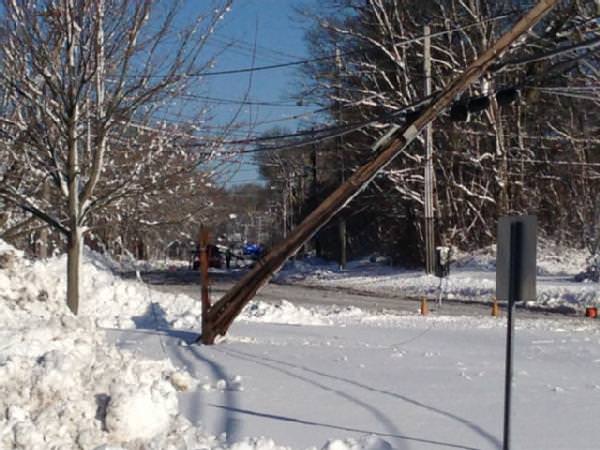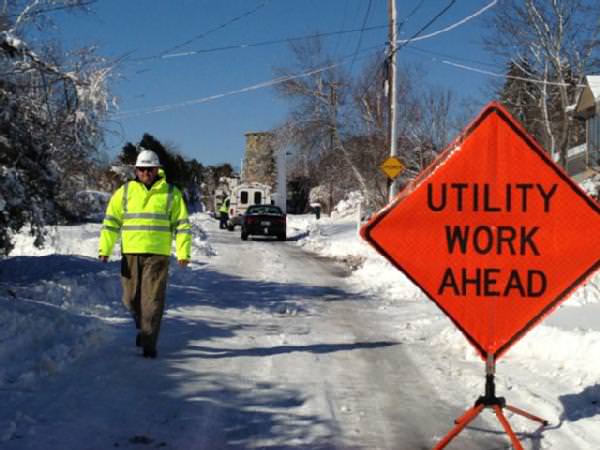Posted by: Dan Watson, Public Affairs
At the end of each week, we post a “What We’re Watching” blog as we look ahead to the weekend and recap events from the week. We encourage you to share it with your friends and family, and have a safe weekend.
Monitoring Severe Weather
We continue to closely monitor the severe weather, including dangerous winds, tornadoes and severe winter weather that affected parts of the Central U.S., Midwest and Southeast, last night and Wednesday. We encourage those in affected areas to continue to monitor local radio or TV stations for updated emergency information, and to follow the instructions of state, tribal and local officials.
If you haven’t already, now is the time to get prepared for severe weather. Visit www.ready.gov to learn more about what to do before, during, and after severe weather.
Here are a few safety tips to keep in mind should severe weather occur in your area:
- Familiarize yourself with the terms that are used to identify a tornado hazard.
- A tornado watch means a tornado is possible in your area.
- A tornado warning is when a tornado is actually occurring, take shelter immediately.
- Ensure your family preparedness plan and contacts are up to date and exercise your plan. Learn about the emergency plans that have been established in your area by your state, tribal or local government, and ensure your home and car are prepared for the severe weather.
- If you haven’t already, now is the time to get prepared for tornadoes and other disasters. Determine in advance where you will take shelter in case of a tornado warning:
- Storm cellars or basements provide the best protection. If underground shelter is not available, go into an interior room or hallway on the lowest floor possible.
- In a high-rise building, go to a small interior room or hallway on the lowest floor possible. Stay away from windows, doors and outside walls. Go to the center of the room. Stay away from corners because they attract debris.
- Vehicles, trailers and mobile homes are not good locations to ride out a tornado. Plan to go quickly to a building with a strong foundation, if possible.
- If shelter is not available, lie flat in a ditch or other low-lying area. Do not get under an overpass or bridge. You are safer in a low, flat location.
We will continue to monitor weather conditions as these storm systems move across the East Coast and will provide updates as necessary.
National Tribal Consultation Call
Over the past several weeks, we’ve hosted regional tribal consultation calls with tribal leadership, their organizations and stakeholders to present information regarding changes to how the federal government provides disaster assistance to tribes and how we can better meet the unique needs of Indian Country after disasters. We’ve gathered valuable comments and insights from our tribal partners related to declarations procedures and this process is culminating in a National Tribal Consultation call next week to further discuss improvements to the disaster assistance process.
Join us on Thursday, April 18 at 3:00 p.m. EDT for a National Tribal Consultation conference call and provide your comments on:
- the Public Assistance threshold,
- Individual Assistance declaration criteria, and
- Cost Share adjustment for Indian Tribal governments.
Here’s the call-in information:
- Date & Time: Thursday, April 18 at 3:00 p.m. EDT
- Number: 888-708-5699
- Passcode: 1601121
You can also provide your ideas and comments by visiting FEMA’s online collaboration community, or by sending us an e-mail at [email protected].
In case you missed it, Administrator Fugate recently blogged:
When you’re tackling a new and challenging topic, starting from a solid foundation is crucial to success. Right now, there is an opportunity to change how the federal government provides disaster assistance and we’re looking for tribal leaders to help set a solid foundation for those changes…
We hope that you can take part in this opportunity to shape disaster assistance programs and processes more effectively.
Youth Preparedness Council
It’s not too late to submit an application or nominate a young leader in your community for our Youth Preparedness Council. FEMA’s Youth Preparedness Council provides an opportunity for young leaders to share ideas and solutions to strengthen the nation against all types of disasters.
Here’s a short video from U.S. Senator Jack Reed from Rhode Island encouraging teenagers to apply to serve on the council.
Remember, the deadline to submit an application or nomination is next Friday, April 19. So head over to Ready.gov/youth-preparedness for more information or to download an application today!

